Yulu Bikes, The Future Of Shared EV Mobility in India?
- By Aditya Gowda
- June 22, 2021

Q) What was the inspiration behind Yulu?
Amit Gupta: Ideally, Yulu was my brain-child, but Yulu holds the position of being the largest e-mobility player in India today only because of our dream team, which came along with the other co-founders who have their own expertise in technology, operations, and EV ecosystem to enhance the product offering further, so that the commuters have a great experience. The impact of air pollution and traffic congestion on the environment was a worrying trend that we commonly wanted to address through technology.
Our vision is to decongest urban traffic by providing a highly scalable, affordable, efficient, and clean mode for the first and last mile connectivity and short distance commute. The future of mobility is safe, smart, shared, sustainable, and small and electric vehicles have a big role in this transition. Hence, the idea of smaller and efficient clean energy vehicles was an obvious route that we chose.
Q) How was the Miracle conceived?
Amit Gupta: After launching the Yulu Move, we found that the average distance travelled by bicycle was two km and Yulu bicycles were mostly not used by people who had to ride between three and five km. There were several explanations for this: it was too hot, the trip was too long, they didn’t want to cycle so much, or they wanted a quicker way of commuting.
That’s when the team began thinking about a product on electric mobility. Yulu launched its electric scooter – Yulu Miracle – in Bangalore in 2019. Yulu’s vision is to provide shared, smart and sustainable urban e-mobility solution which is seamlessly integrated with public transport with an objective to drastically reduce congestion and pollution and improve economic productivity. Our mobility solutions are special; they are created for shared economy and solo-ridership.
Q) How does Yulu Business Model caters to the issues in Indian EV Ecosystem faces?
Amit Gupta:
Solved for Battery Charging Infrastructure:
Yulu has solved the ‘chicken and egg’ problem faced by the electric vehicle ecosystem in India, where the lack of charging infrastructure influences the advent of EVs, and vice versa. The company has created a unique battery-swapping network by placing its proprietary IoT-enabled charging box (Yulu Max) at hundreds of mom-n-pop stores across its operational areas. Yulu’s on-ground Ops team is able to locate the nearest Yulu Max which has charged batteries using a dedicated app for the Ops team. The same app shows the set of vehicles that have a battery-charge level below a defined threshold along with their real-time location. This method is low cost and highly scalable.
Solved for Parking Infrastructure:
Unlike China, Indian cities don’t have the infrastructure for parking of shared mobility vehicles. Yulu has solved this problem by working with cities, corporates and citizens who have given access to prime real estate to create Yulu Zones. Most of these spots have been given to Yulu in kind to help build sustainable mobility for the cities in a collaborative manner. Yulu has been able to replicate this model in every city it operates.
Solved for the Safety of the Assets:
Yulu Miracle has a theft rate of less than one percent, which is significantly lower than global ride-sharing platforms. This is attributable to Yulu’s operational model of drop off at designated Yulu Zones and a human network of local informers and ‘well-wishers’ who tip off its Ops team in case of any potential abuse or theft incident. Further, as the Yulu Miracle was designed specifically for shared mobility, it has no ‘standard’ parts which could be used in other bikes in the market, so there is economic value for someone stealing them. Additionally, Yulu has deployed a team of ‘bike-marshals’ who ensure strong consequence-management actions when they catch someone doing wrong with its fleet.
Solved for High Durability:
Yulu Miracle has been built keeping in mind the convenience of users on Indian roads, ease of maintenance for the on-ground Ops team and durability to be used in a shared mobility model. The minimal use of plastic parts and regular proactive maintenance activities have ensured that the Miracles are in good working condition at all times. The first batch of Miracles deployed in Bangalore, which have been on the road for over seven months, has shown no sign of a reduction in asset quality.
Q) Can we expect any newer models in your range?
Amit Gupta: We have two models deployed on road, while we are working on a few hybrid and high-speed models. (MT)
Bajaj Auto Intros Updated Pulsar 150 Range At INR 108,772
- By MT Bureau
- December 24, 2025
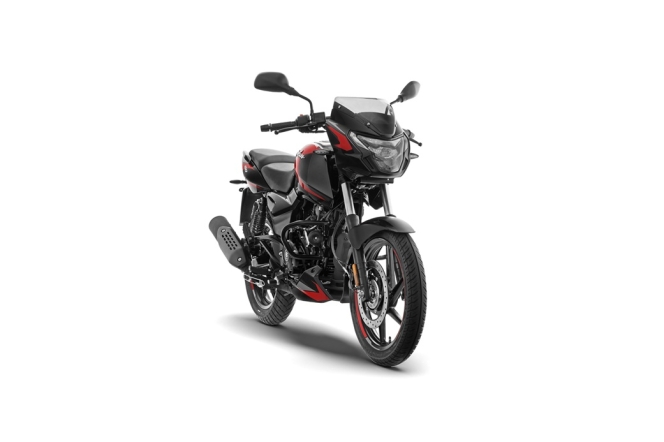
Bajaj Auto, one of the leading two-wheeler and three-wheeler manufacturers, has updated its popular Pulsar 150 motorcycle range. The updates include the introduction of LED headlamps and LED blinkers to the model, which the company states is intended to improve visibility and usability while maintaining the vehicle's design identity.
The updated range is available at the following ex-showroom Delhi prices – Pulsar 150 SD at INR 108,772, Pulsar 150 SD UG at INR 111,669 and Pulsar 150 TD UG at INR 115,481.
The motorcycle retains its frame and stance, though Bajaj has introduced new colour options and graphics. The Pulsar 150 continues to utilise DTS-i (Digital Twin Spark-ignition) technology, which uses two spark plugs to ignite the air-fuel mixture in the combustion chamber, intended to improve combustion efficiency and power output.
The update focuses on integrating modern lighting components into the existing platform, which originally established the sports motorcycling segment in India.
Sarang Kanade, President, Motorcycle Business Unit, Bajaj Auto, said, “The Pulsar 150 has defined performance motorcycling for generations. With this update, we have preserved its classic character while thoughtfully adding modern LED lighting, ensuring the Pulsar 150 remains relevant, recognisable and Definitely Daring.”
Suzuki Motorcycle India Conducts Access Mileage Contest In Palwal
- By MT Bureau
- December 24, 2025
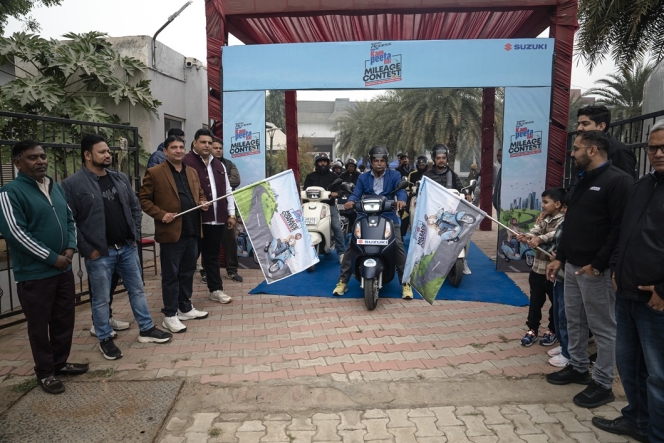
Suzuki Motorcycle India (SMIPL), the subsidiary of Suzuki Motor Corporation, Japan, held a mileage contest for the Suzuki Access scooter in Palwal. The event involved 35 participants, including current owners and prospective buyers, to test the fuel efficiency of the scooter under city driving conditions.
The initiative is part of the brand’s ‘Pickup Bhi, Mileage Bhi’ strategy, which focuses on balancing engine performance with fuel economy and build quality.
The event was organised in partnership with RV Suzuki in Palwal. The participants, all of whom had purchased their scooters within the last year, followed a specific testing protocol: a designated 20-kilometre circuit on city roads, scooters were operated on a full tank, then refilled at the end of the journey to calculate the exact fuel consumed. Potential customers were provided with test rides and the opportunity to interview existing owners regarding reliability and comfort.
Deepak Mutreja, Vice-President, Sales & Marketing, Suzuki Motorcycle India, said, “The Suzuki Access Mileage Contest places a strong focus on fuel efficiency, bringing our brand promise of ‘Pickup Bhi, Mileage Bhi, Shandar Quality Ke Sath’ to life. By riding on city roads, participants experience the scooter’s real-world mileage. Along with mileage, customers also get to experience the quality and reliability that have made the Access a trusted choice of over 6 million customers. We appreciate the participation from customers in Palwal. We will continue to extend such on-ground initiatives to more cities across India, allowing customers to connect closely with out two-wheelers and witness their performance firsthand.”
The company intends to expand these on-ground initiatives to additional cities across India to demonstrate the performance of its two-wheeler portfolio in local environments.
Ola Electric Launches Hyperservice Centres With Same-Day Service Guarantee
- By MT Bureau
- December 23, 2025
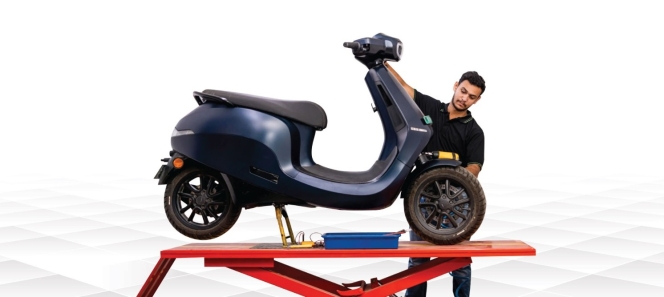
Bengaluru-based electric vehicle maker Ola Electric has expanded its Hyperservice initiative by launching dedicated centres that offer a same-day service guarantee for eligible customers at no extra cost. The company will upgrade its existing service infrastructure into Hyperservice Centres, beginning with a facility in Indiranagar, Bengaluru.
The expansion is intended to reduce service lead times and increase transparency through a digital workflow.
The Hyperservice Centres include several facilities for customers and technical upgrades for vehicle maintenance. The waiting area includes a lounge and Wi-Fi connectivity for customers. Real-time visibility of the servicing stages is provided via the Ola Electric app. Going forward, the company plans to upgrade selected centres across India in the coming weeks.
Ola Electric has also transitioned Hyperservice into an open platform. This move makes the company’s spare parts, diagnostic tools, and training modules available to independent garages, mechanics, and fleet operators.
Under this model, parts can be purchased directly through the Ola Electric app or website. This is intended to allow garages and customers to access components without the use of intermediaries.
“As part of the ongoing service upgrade we are reimagining many of the fundamental aspects of the service experience. We see it as a core part of Ola ownership, and it needs the same level of innovation as the product itself. With Hyperservice Centres, we are setting a new benchmark – same-day service guarantee. At no extra cost for any customer. This is about using technology, process redesign and scale to remove friction and give every Ola customer a faster, simpler and more transparent service experience,” said the company in a statement.
The company has rolled out an in-app service appointment feature nationwide. The tool allows users to select service slots, track the status of their vehicle, and manage maintenance requirements within the unified platform to replace traditional booking methods.
Hajime Aota Appointed Chairman Of Yamaha Motor India Group
- By MT Bureau
- December 23, 2025
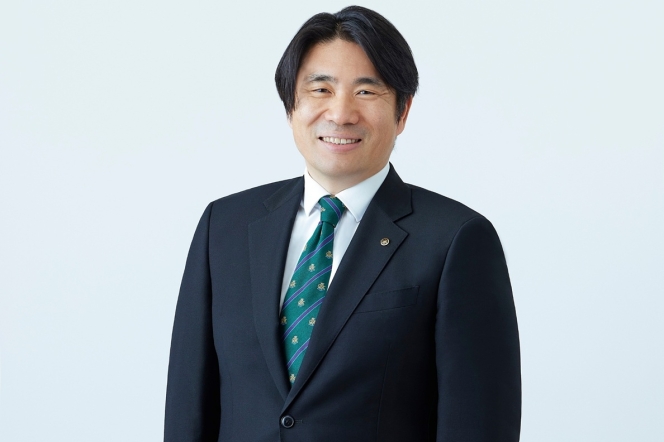
India Yamaha Motor, one of the leading two-wheeler manufacturers in the country, has announced the appointment of Hajime Aota as the Chairman of Yamaha Motor India Group, effective from 1 January 2026. He is set to succeed Itaru Otani, who held the position since November 2024.
The appointment comes as Yamaha continues its focus on the premium segment and digital integration within the Indian two-wheeler market.
Aota joins the Indian operations with experience in corporate strategy, planning and venture business development. He has held leadership roles in Japan, the United States and the United Kingdom.
Prior to this role, Aota served as Executive Officer at Yamaha Motor Co, and Chief General Manager of the Corporate Strategy Centre at the global headquarters in Japan. In these positions, he managed corporate strategy, sustainability and digital transformation.
He has also worked as Chairperson of Yamaha Motor Ventures & Laboratory Silicon Valley (YMVSV) overseeing investments in robotics, transportation, fintech and health technologies. He has also contributed towards Yamaha Motor Group’s long-term growth strategy.
Aota is a graduate of Keio University and holds a qualification from the Program for Leadership Development at Harvard Business School.
Hajime Aota, said, “I am very excited to begin my journey in India, one of the world’s most dynamic and diverse two-wheeler markets. The rapidly evolving aspirations of Indian consumers, especially the youth, align strongly with Yamaha’s focus on premium products, innovation, and a customer-centric approach. Leading Yamaha in India is a significant responsibility, and my focus is on strengthening the brand by delivering products that seamlessly combine Yamaha’s global engineering excellence with the evolving needs of Indian riders. I look forward to working closely with our teams and partners to drive sustainable growth and reinforce Yamaha’s presence in this important market.”


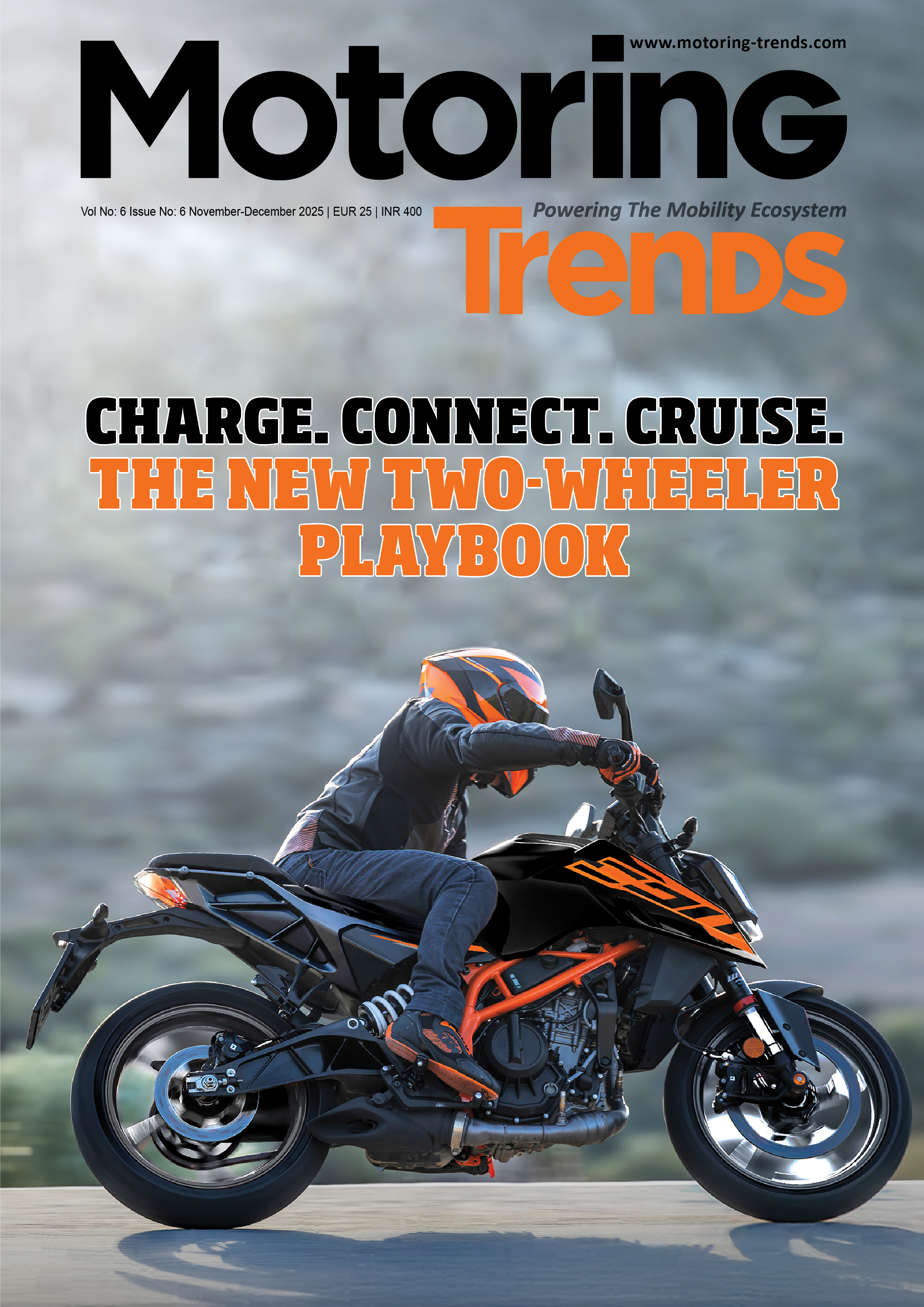
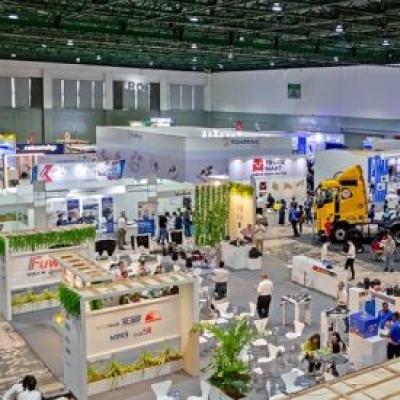


Comments (0)
ADD COMMENT